Cats are fascinating creatures with a range of quirky behaviors that intrigue and entertain their human companions. One such behavior is kneading, where cats rhythmically press their paws against a soft surface, alternating from one paw to the other. This behavior has its roots in their earliest experiences as kittens. While nursing, kittens knead their mother’s belly to stimulate milk flow, a reflexive action that becomes hardwired into their repertoire.
Instinctual Nature of Kneading
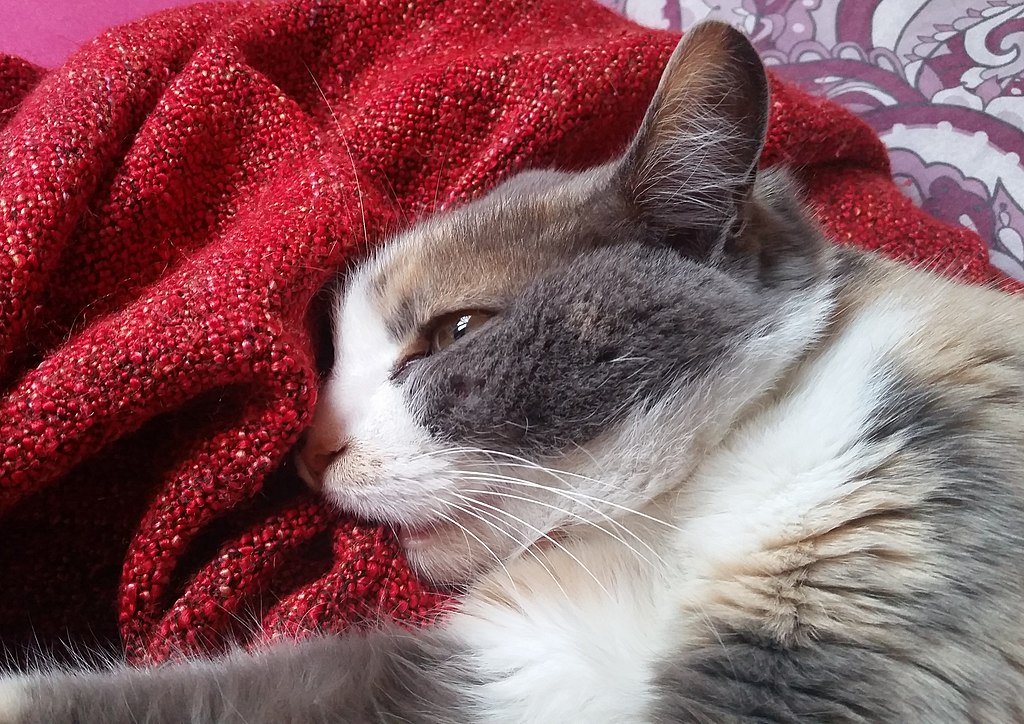
Kneading is an instinctual behavior that cats carry into adulthood. It’s a comforting action deeply ingrained in them from their nursing days. Though they no longer need to stimulate milk, this action remains to comfort adult cats, evoking feelings of safety and contentment from their kittenhood.
Scent-Marking Through Kneading
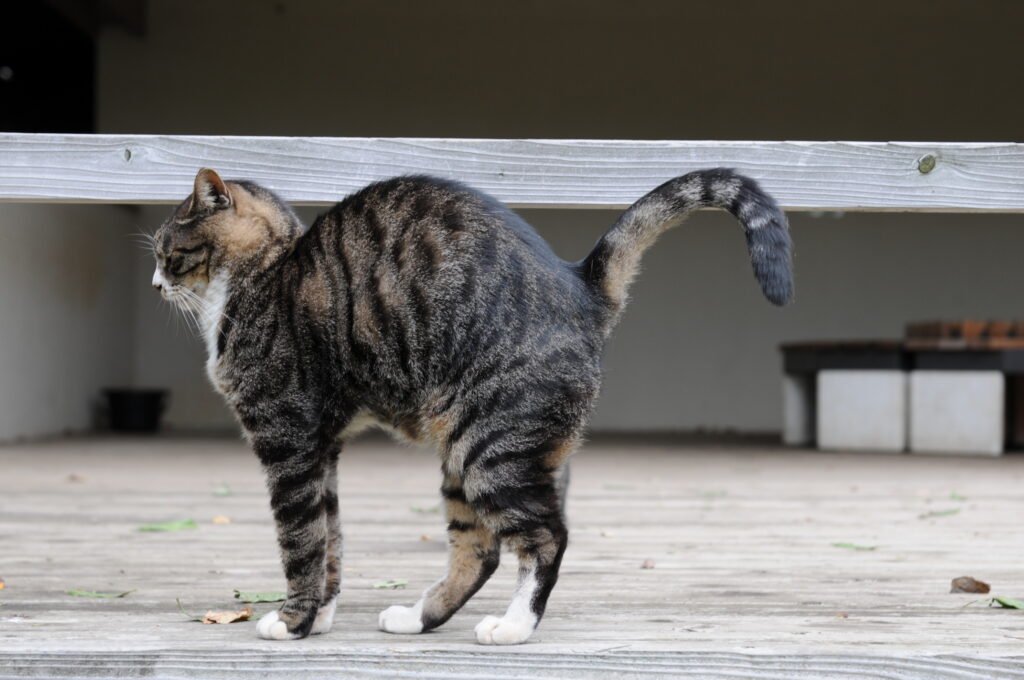
Cats possess scent glands in their paws that release pheromones. When they knead, they’re not only engaging in a soothing behavior but also marking their territory. This scent-marking is a silent declaration to other cats that this area or object is familiar and claimed, reinforcing a sense of comfort and ownership.
Expressing Contentment and Affection
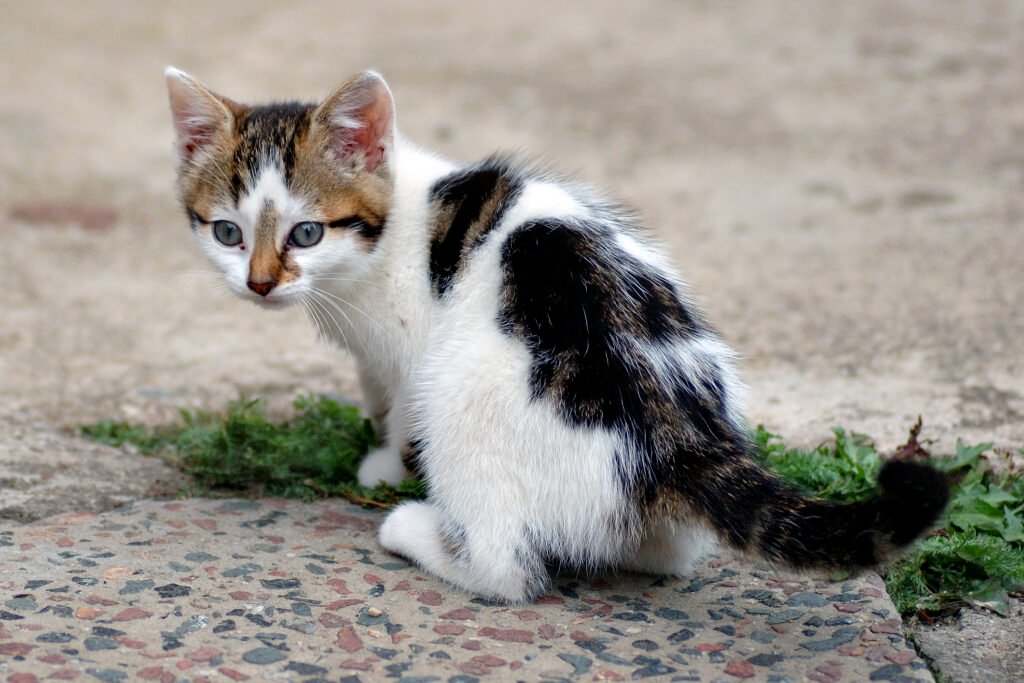
For cats, kneading is often a sign of contentment and affection. When your feline friend kneads on you, it can be compared to a baby’s loving cuddle. Cats often knead when they’re feeling relaxed and happy, expressing their affection and trust towards you.
Preparing a Resting Space
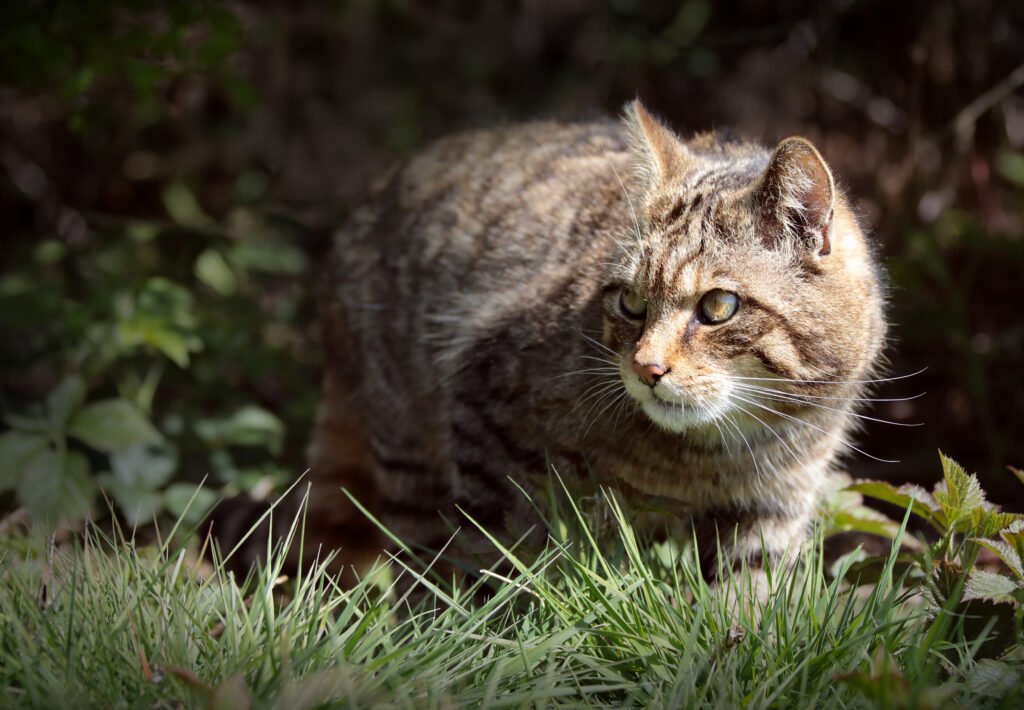
In the wild, cats often knead to create a soft, comfortable surface before settling down. This behavior is thought to be a carry-over from their ancestors, who would knead on leaves or grass to form a cozy bed. Indoor cats continue this behavior out of instinct, preparing their resting spaces or ensuring a comfortable sleeping area.
When Kneading Becomes a Concern

While kneading is generally a normal behavior, excessive kneading might signal underlying issues. If your cat kneads obsessively or becomes aggressive while doing so, it may indicate stress or anxiety. Understanding the context and additional behavioral signs is essential to determine if intervention is necessary.
Kneading and Comforters: A Perfect Pair
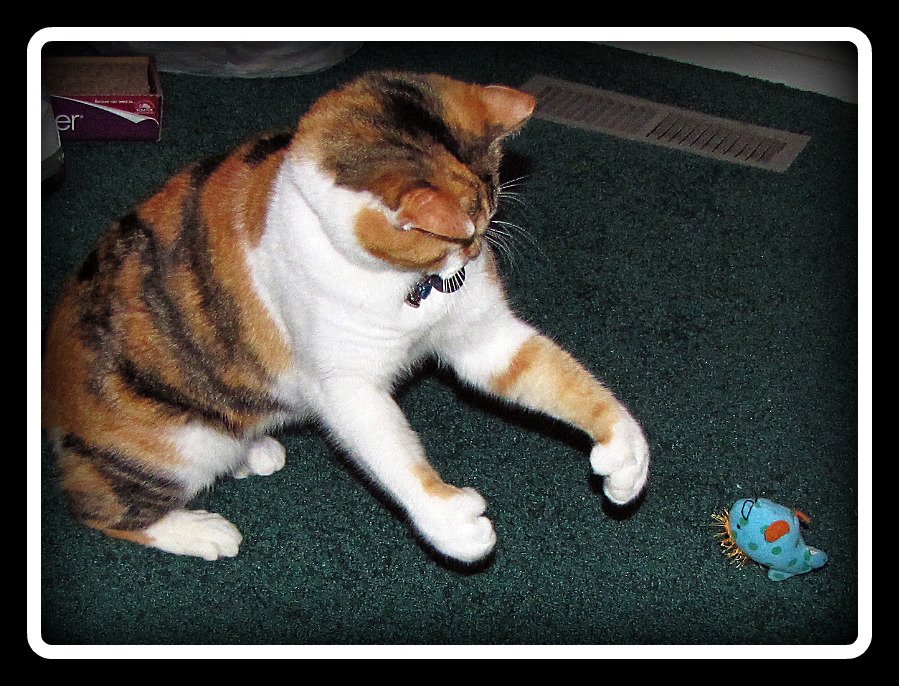
Many cats choose soft surfaces like plush blankets, clothing, or even their owners’ laps to knead. This preference is likely due to the tactile sensation these materials provide, mimicking the softness of their mother’s belly, enhancing their sense of tranquility and pleasure.
The Role of Neutering

Neutering can sometimes affect a cat’s kneading behavior. Some pet owners observe a decrease in kneading post-neutering, possibly due to hormonal changes. However, the fundamental need for comfort and safety fosters this action regardless of a cat’s reproductive status, with many cats continuing to knead throughout their lives.
Kneading Across Different Breeds
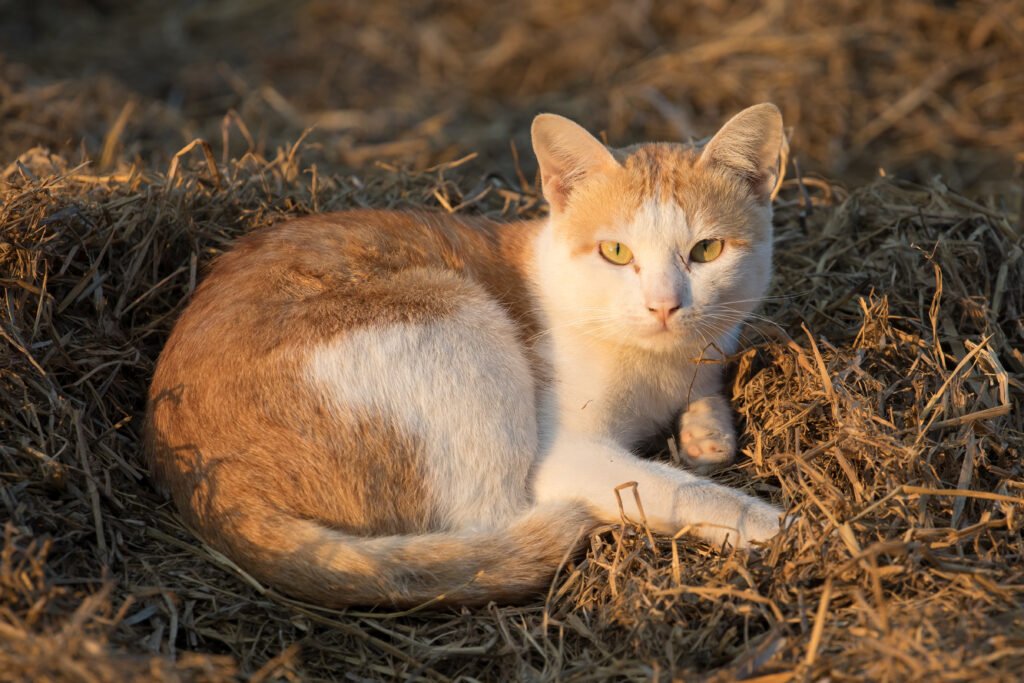
While all cats may knead, certain breeds known for their affectionate and playful nature, such as Ragdolls and Maine Coons, might knead more often compared to others. Individual personality traits significantly influence the frequency and intensity of kneading in various cats.
Responding to Your Cat’s Kneading

When your cat begins kneading, it’s essential to respond appropriately to maintain the trust and bond you share. Providing a soft blanket can encourage them to redirect their kneading away from sensitive areas like human skin. If kneading becomes overly stimulating or leads to scratching, gently and calmly redirect your cat without reprimanding, ensuring a nurturing environment remains intact.
Kneading is one of the ways in which cats express their contentment, security, and affection. Understanding this behavior helps deepen the bond between you and your feline friend, providing insights into their needs and emotions while reinforcing your mutual connection.






